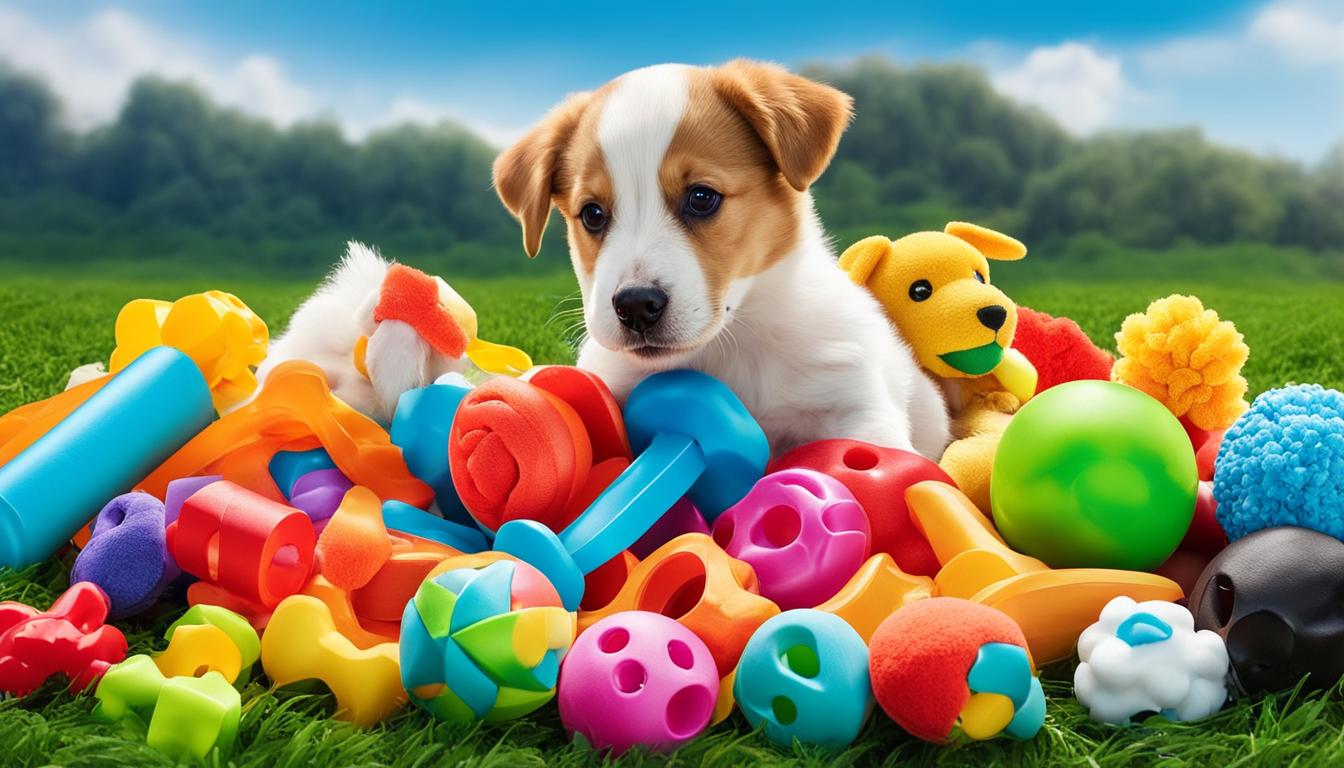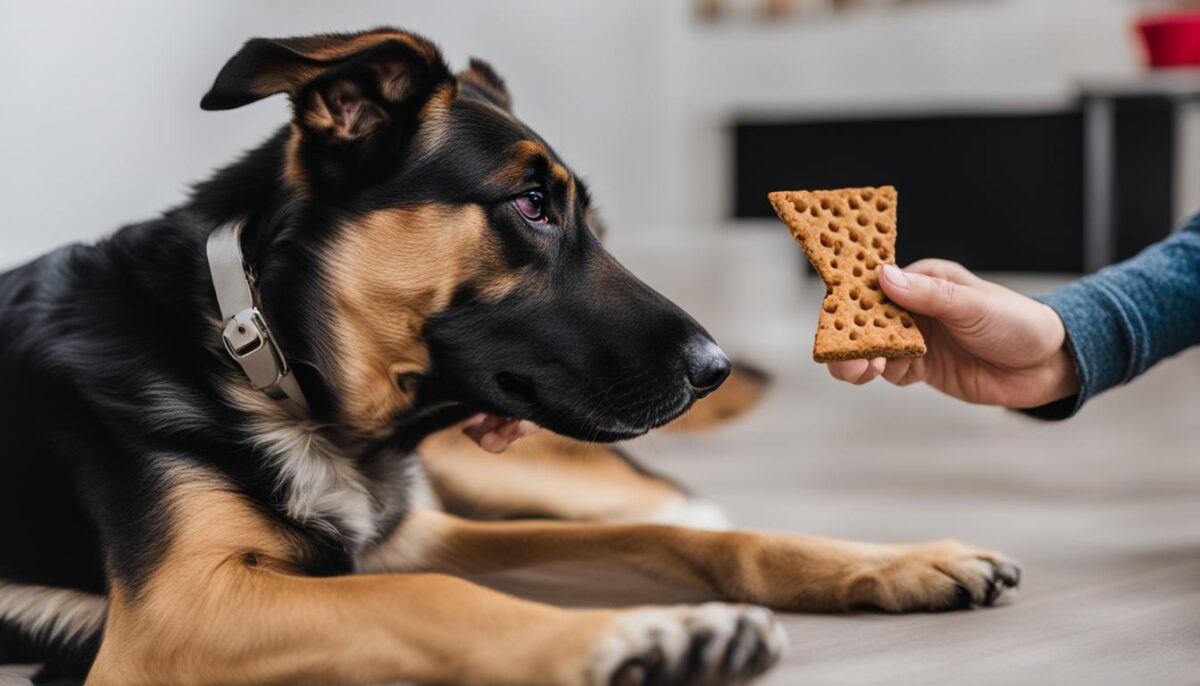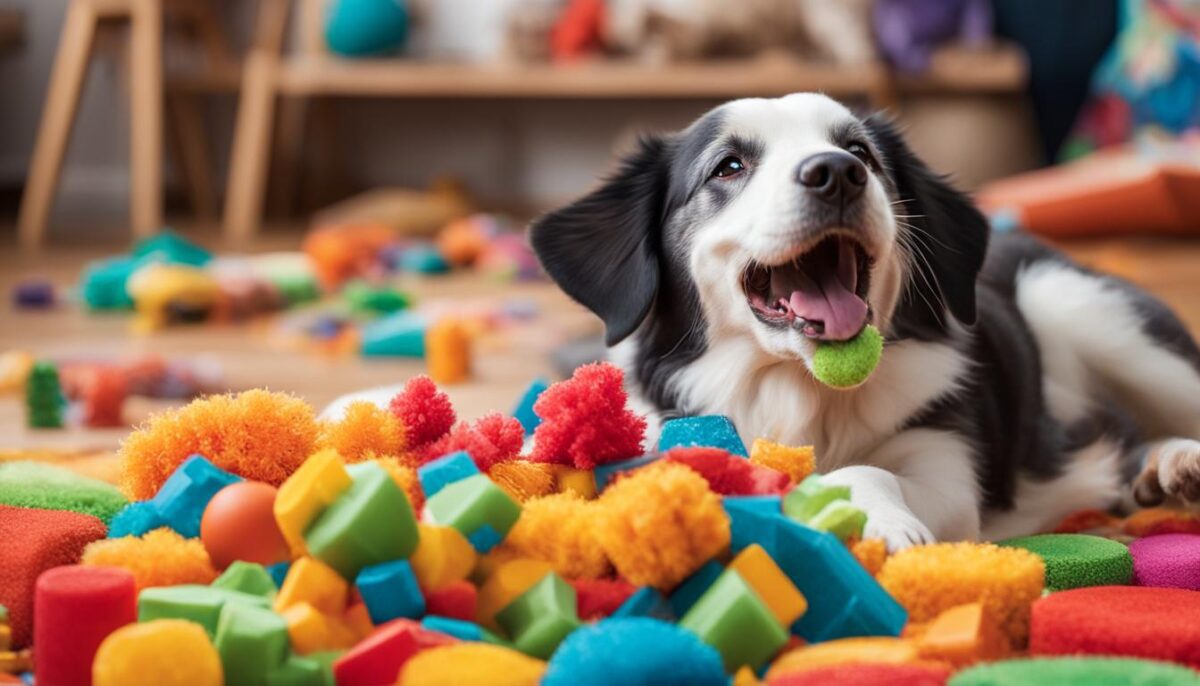Do you have a puppy at home? A little furry friend can be a bunch of fun. But when they nip and bite, it can be a big “ouch” for you! Puppies use their mouths to explore the world. They need to learn the right way to use their teeth. This is called bite inhibition. It’s how they learn not to bite too hard.
Positive reinforcement is a way to teach puppies in a happy and kind manner. When you say “good job!” and give them a treat or a pet on the head, they feel good. It’s like when you get a gold star for a well-done homework project. Puppies love getting gold stars too. And to help them not chew on your things, you can give them puppy chew toys. These toys are just for them, and it’s okay to bite those.
If you are playing with your puppy and they bite too hard, you can make a high sound like “ouch!” to let them know. They don’t want to hurt you, so they will try to be more careful next time. But remember, every puppy is different. If they get more excited when you say “ouch,” it may be better to stop playing for a little bit.
Learning how to prevent dog biting is part of teaching your pup. And it’s your job to help them understand. You don’t have to do it alone though. There’s lots of dog training help out there. Now, let’s find out how you can be the best teacher for your pup!
Key Takeaways
- Bite inhibition helps puppies learn to not bite too hard.
- Positive reinforcement makes training fun and kind.
- Puppy chew toys are good for them to bite on.
- When puppies bite too hard, a high “ouch!” can teach them.
- Sometimes, stopping play helps when puppies get too excited.
- Dog training tips can help you and your pup learn together.
Understanding Bite Inhibition
When you bring a new puppy into your home, it’s an exciting time full of cuddles and play. But, it’s also important to teach your little friend about gentle play and how to understand their own strength. This helps them grow up into dogs that everyone loves to be around.
The Importance of Teaching Gentle Bite Behaviors in Puppies
Just like kids, puppies learn a lot as they grow. One important lesson is to learn how to be gentle with their mouths. This helps make sure they don’t play too rough when they’re bigger. Teaching your puppy about rewarding good behavior during puppy development makes a big difference!
How Puppies Learn to Moderate Biting Force
Ever wonder how puppies know not to bite too hard? They listen to each other! If one puppy bites another too hard, there’s a yelp, and the biting stops. We can do the same by guiding them with training techniques that help them understand what’s okay to chew on and what’s not.
Positive Reinforcement for Non-Biting Behaviors
When your puppy does something right, like playing without biting, it’s a big deal! Giving them a treat or a pat tells them they did well. This is part of socialization, where they learn to be good members of the family and make everyone happy with their good behavior.
Remember, a happy puppy that plays well grows up to be a happy dog that’s fun for everyone!
How to Train a Dog to Not Bite
Understanding dog behavior is key when you start training your dog. To stop a dog from biting, you need to teach early on that this behavior isn’t good. Bite prevention can be done in a kind way. When your dog nibbles you, don’t get mad. Instead, show them biting means no more fun with you.
Here’s a tip from Kathy Santo, who knows a lot about dogs. If your dog bites, turn around and hide your hands. This tells your dog, “Game over!” Always have something like a chew toy to give them. This way, they understand to bite that, not you. If toys don’t work and your dog gets too wild, it’s best to get help from a vet or a dog trainer.
Teaching dog obedience is not just about one lesson. You have to be the same every day. This means consistency in training. If you do this, you’ll see change. Always remember to:
- Keep training times fun and full of love.
- Use toys instead of your hands for playing.
- Get help if your dog doesn’t calm down.
| Behavior | What to Do | What Not to Do |
|---|---|---|
| Nibbling on you | Turn away, be still | Don’t yell or move around |
| Looking for something to bite | Give them a chew toy | Don’t offer your shoes or clothes |
| Too excited or rough | End playtime gently | Avoid games that make them nip |
Creating a Safe and Bite-Free Environment
When you share your home with a dog, you want to make sure everyone is happy and safe. A big part of keeping the peace is making your place good for dogs – what grown-ups call ‘dog-proofing’. You can teach your dog what’s okay to chew, help them calm down when they are too wild, and learn to understand when they are getting a bit too rough and might bite. Let’s learn how to do that!
Utilizing Chew Toys to Distract from Biting
Chew toys are like puzzles for dogs – they keep their teeth busy and their minds sharp. Plus, when dogs have the right things to chew on, they’re less likely to nibble on your favorite toys or shoes. Keeping chew toys around for your furry friend means you’re helping them learn safe playtime habits and showing them what things are just for them.
Addressing Overstimulation and the Need for Quiet Time
Sometimes, dogs get so excited or nervous that they don’t know how to stop. It happens a lot with puppies or younger dogs. If your dog seems too jumpy or keeps jumping and biting, they might need some quiet time. This is when a cozy crate or a special corner for them to relax in can really help. Just like us, dogs sometimes need a break to chill out and get back to feeling okay.
Recognizing the Body Language of a Dog Ready to Bite
Do you know how to tell if a dog is getting too rough and might bite? It’s all in the way they look and act. Dogs who are about to bite might have stiff tails, pull their ears back, and show more of the white part of their eyes. They could growl or show their teeth too. If you see these signs, it’s time to stop playing and give them some space. Reading dog cues like these keeps everyone from getting hurt.
Remember: Always be kind and gentle with your dog, and they will learn to play nicely too!
Conclusion
When you help your dog to learn not to bite, you are a great teacher! Remember, all it takes is your time, doing the same things over and over, and being kind when they do well. You make a plan that fits what normal puppies and dogs act like. Give them toys to chew on to keep them from biting other things. Keep an eye out for the way they move or look at you—they’re telling you if they feel like biting.
Always being there with loving care means you and your dog will get along better. They’ll be gentle because you showed them how, and everyone you meet will be safe and happy around your dog. If your dog keeps biting or seems too rough, it’s okay to ask for help from someone who knows a lot about dogs.
You’re not just training your dog; you’re making sure everyone has fun and safe times together. That’s what being a good pet owner is all about. Keep up the good work, and you and your furry friend will have a lot of good times!
FAQ
How can I teach my dog not to bite?
Dog training to prevent biting involves teaching bite inhibition through consistent, positive reinforcement methods. Redirect your dog’s desire to bite by providing chew toys, and teach them the consequences of biting by ending playtime if they bite. Kathy Santo suggests signaling the end of the game by turning away and tucking your hands. If biting occurs, get professional assistance.
Why is bite inhibition important for puppies?
Bite inhibition is crucial because it teaches puppies how to control the strength of their bites. This ability prevents them from causing harm as adults. Learning gentle play and bite behaviors during puppy development is essential for their socialization and integration into various environments.
What is positive reinforcement and how can it help in dog training?
Positive reinforcement is a technique that rewards good behavior, which encourages the dog to repeat it. When it comes to preventing dog biting, you can reward your dog with praise, treats, or playtime when they display non-biting behaviors or chew on appropriate items like their toys.
How do I stop my puppy from biting during play?
If a puppy bites too hard during play, mimic a yelp of pain to let them know it’s not acceptable, or stop playing altogether. If they become overly excited by the yelp, it’s better to calmly put them in a quiet space or crate to calm down and prevent further biting.
Should I punish my dog for biting?
Punishment is not generally effective and can sometimes exacerbate aggressive behavior. Focus on consistency in training, provide alternatives like puppy chew toys, and use timeouts or the end of play as negative consequences, ensuring to approach the situation calmly and without anger.
What do I do if my dog is biting out of overstimulation?
Manage the situation by providing a quiet space or a crate where the dog can calm down. Recognize the body language that precedes biting and give them chew toys to focus their energy on instead of biting when they’re overstimulated.
How do you encourage bite inhibition in older dogs?
Bite inhibition can be more challenging in older dogs, but the principles of training remain the same. Reward non-biting behaviors, offer suitable chew toys, and use timeouts to discourage biting. Consistency and patience remain key, and seeking professional training may be necessary for older dogs set in their ways.
Can a dog be trained out of biting if they weren’t taught as a puppy?
Yes, dogs of any age can learn bite inhibition, although it may require more time and effort with an older dog. Bite prevention includes employing positive reinforcement, understanding dog behavior, and maintaining consistency throughout the dog’s training.
Are some breeds more prone to biting, and how does this affect training?
Some breeds may have a stronger prey drive or herding instinct, which can influence their tendency to bite. However, all dogs can be taught bite inhibition through understanding their specific instincts and applying consistent, breed-appropriate training strategies.
When should I seek professional help for my dog’s biting behavior?
If you notice persistent biting or signs of aggression despite consistent training efforts, or if you feel unable to manage the situation safely, it’s important to consult a veterinarian or a professional dog trainer for targeted guidance and support.


